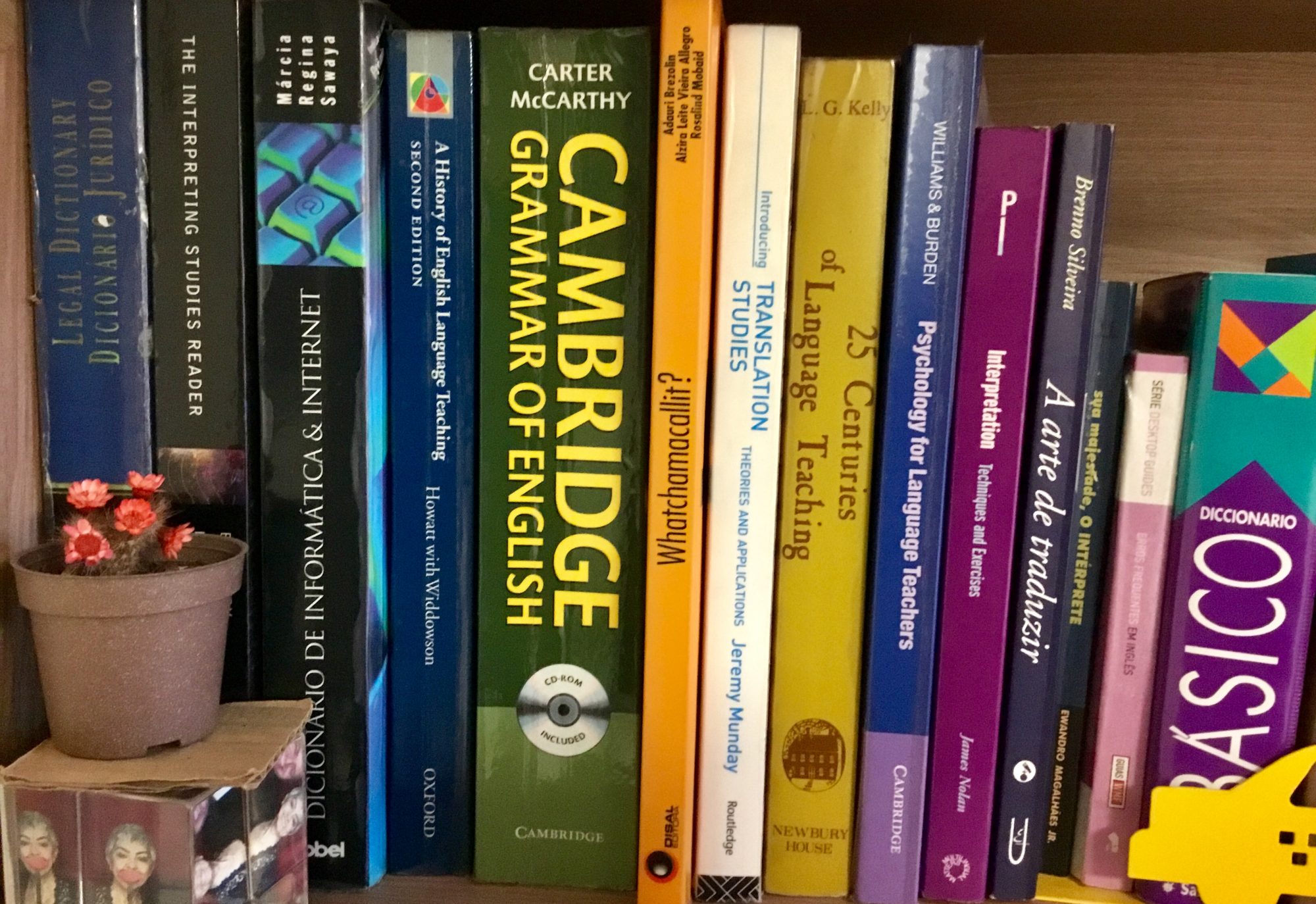Here we are, March 2020 – Only 3 months into the year. Back on January 01 I said to myself: “2020, what a beautiful number. This year promises to bring optimism, economic recovery in Brazil (we have been limping since the recession started in 2016), new ideas, 25 years of Wedding Anniversaries, etc”.
Now it seems that most of the world has been brought down to their knees by a virus. It started in China, but quickly spread to other countries until it was officially labeled a “pandemic” by the WHO. Now Italy is shut down. Many countries are considering to follow suit while all others are encouraging telecommuting and online learning.
Companies and workers will be trying to follow those recommendations, even though many working parents would rather leave home for the peace of their offices. Online classes for younger people – how would they work? would they be pre-recorded or live sessions? A blend of both? Who would make sure that learners are following with their studies? How different would be the learning environment without its social aspect? Would video chats replace face to face interaction?
There seem to be more questions than answers before this new normal sets in… will a “quarantine” take place whenever a new virus appears?
I have been teaching online for years, initially because I traveled a lot accompanying my wife on her business trips and it was wonderful to enjoy such flexibility, to be able to continue classes initially by phone (we are talking here mid- to late 1990s) and then via video chat. FaceTime (it doesn’t usually work very well), Skype and Zoom (my favorite platform) allow my students to prepare for the upcoming classes by practicing listening, vocabulary, grammar exercises (talk about the flipped class concept) and it doesn’t require much technology, you don’t need special VR goggles and sound effects. Even if you have a piece of paper or a mini whiteboard, that will be enough for you to interact with your student. Duration of the lessons varies according to student needs and cash availability (hey, it matters), so it can range from 30-minute to 90-minute sessions.

What could ensure a better flow of the classes? Preparation (by both teacher and learner). It’s a class – not a free chat session (which incidentally may occur) but a structured session with warm-up, review, speaking time, listening time, objectives, etc will yield better results.
Now I’m considering developing a language learning app for Brazilians – including pre-recorded videos with a teacher (me, who else?) and drills on grammar, vocabulary, social skills, etc. Initially it would be a general English app and later expand to a Business English context.
At the end of the day, crises must not be the end of the world. Let us think up of new possibilities. Any suggestions or recommendations?
Happy online teaching.
Cheers,
Mo 

























